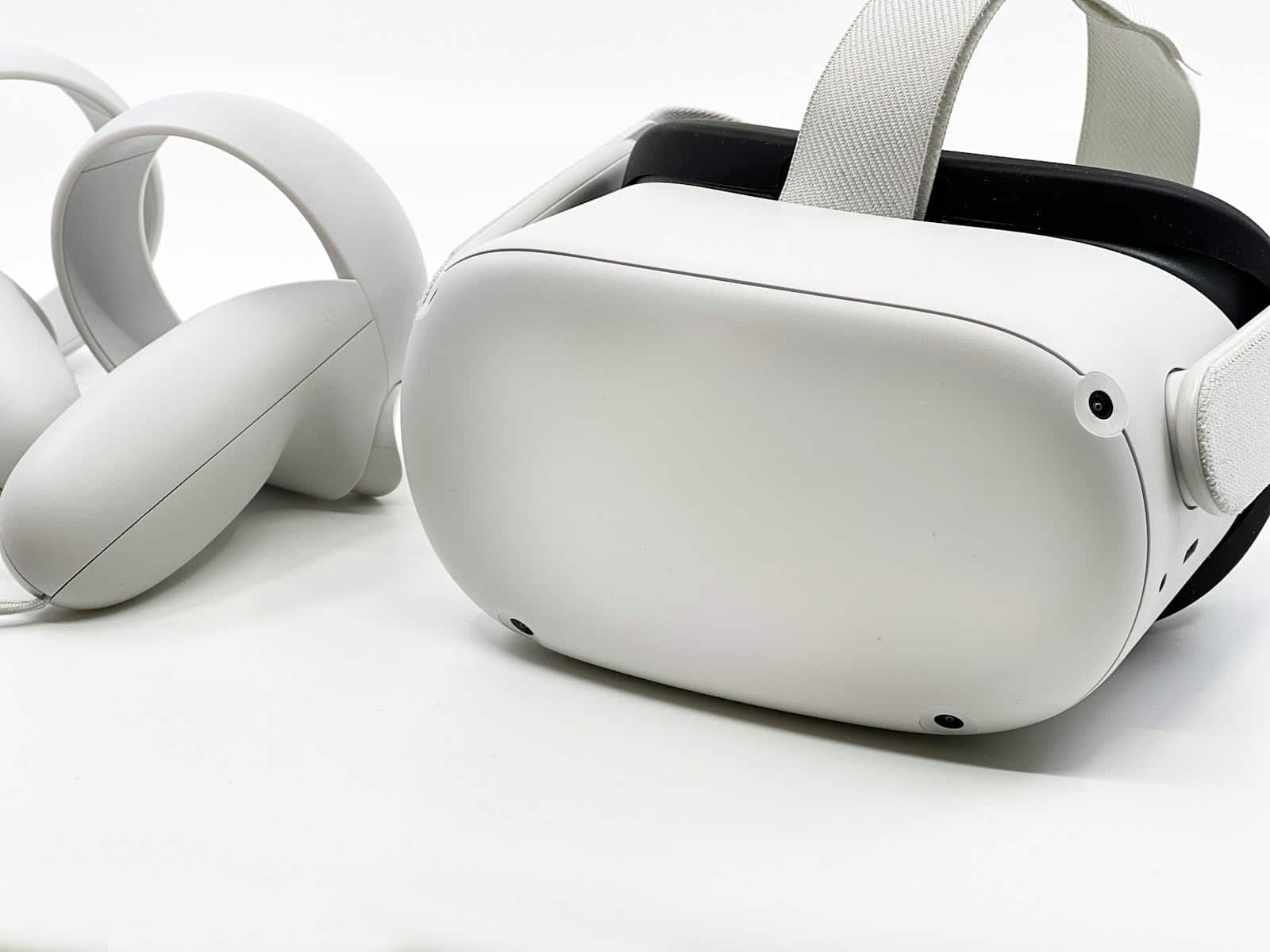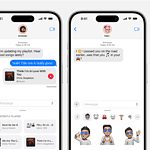Virtual reality on PC offers a thrilling way to explore new worlds. Powerful computers can run detailed VR games and apps. These experiences feel real and pull you in.
PC VR headsets connect to computers to create immersive 3D environments. Some plug into PCs with cables. Others work wirelessly. The best ones have sharp screens and track your movements well. This lets you look around and interact naturally in virtual spaces.
PC VR isn’t just for games. It’s used for job training, art, and more. As the tech gets better, VR on PC will likely become even more popular and useful.
The Future of Immersive Computing
🌍 What is PC Virtual Reality?
PC Virtual Reality (VR) refers to immersive experiences powered by a computer rather than standalone headsets. Unlike mobile or all-in-one VR devices, PC VR leverages the powerful CPU, GPU, and memory of a desktop or laptop to deliver:
- High-fidelity graphics
- Low latency tracking
- Complex simulations
This makes PC VR the gold standard for gamers, researchers, designers, and educators who want the most immersive and realistic experiences.
🎮 Why PC VR Matters
- Immersion: Cutting-edge visuals, haptic feedback, and spatial audio.
- Performance: Stronger hardware = smoother frame rates and less motion sickness.
- Flexibility: Works with mods, custom apps, and advanced simulations.
- Innovation hub: PC VR often gets new technologies first before they trickle down to standalone devices.
⚙️ Key Components of PC VR
1. Headsets (HMDs)
Popular PC VR headsets include:
- Valve Index – high refresh rates, precise tracking.
- Meta Quest 3 (Link mode) – standalone but can connect to PC for PC VR.
- HP Reverb G2 – high resolution, great for simulation.
- Pimax Crystal – ultra-wide field of view.
2. Tracking Systems
- Inside-out tracking (cameras on headset).
- Outside-in tracking (base stations like Valve’s Lighthouse).
3. Controllers & Input
- Motion controllers with haptics.
- Hand tracking & eye tracking (emerging standard).
- Full-body tracking (for VRChat, simulations).
4. PC Hardware Requirements
- GPU: NVIDIA RTX 3060 / AMD RX 6700 XT (minimum for smooth 90Hz+).
- CPU: Ryzen 5 / Intel i5 or better.
- RAM: 16 GB recommended.
- Storage: SSD for fast loading.
🚀 Applications Beyond Gaming
PC VR isn’t just for games—it’s shaping the future of computing:
- Education & Training: Medical simulations, engineering, flight training.
- Design & Architecture: 3D modeling, virtual walkthroughs.
- Healthcare: Therapy, rehabilitation, phobia treatment.
- Collaboration & Work: Virtual offices, remote teamwork in immersive environments.
- Entertainment: Virtual concerts, movies, and social VR spaces.
🔮 The Future of PC VR
- Higher Fidelity: 8K+ resolution, wider FOV, near-photorealistic graphics.
- AI Integration: Smarter NPCs, adaptive environments, procedural content.
- Mixed Reality (MR): Blending VR with AR for hybrid experiences.
- Wireless PC VR: Low-latency streaming over Wi-Fi 7 and beyond.
- Haptics & Sensory Feedback: Gloves, suits, even smell/taste integration.
- Mainstream Adoption: As hardware gets cheaper, PC VR will expand beyond enthusiasts.
✅ Summary
- PC VR = the most immersive form of virtual reality, powered by high-end desktop hardware.
- It’s already transforming gaming, education, healthcare, and design.
- The future promises AI-driven worlds, wireless freedom, and ultra-realistic simulations.
- While standalone headsets are growing, PC VR remains the cutting edge of immersive computing.
Key Takeaways
- PC VR headsets need strong computers to run well
- VR on PC can be used for games, work, and other tasks
- PC-based VR offers very detailed and responsive experiences
Understanding PC Virtual Reality Hardware
PC virtual reality needs special gear to work well. This includes headsets, controllers, and powerful computers. Let’s look at the key parts that make VR come to life.
VR Headsets and Display Technology
VR headsets are the main way to see virtual worlds. They come in two types: tethered and standalone. Tethered headsets like the Valve Index and HP Reverb G2 connect to a PC. Standalone ones like the Oculus Quest 2 work on their own.
The screens inside VR headsets are very important. Most use LCD panels. These screens need to be sharp and fast. Higher resolution means clearer images. A fast refresh rate makes motion look smoother.
Field of view (FOV) affects how much you can see at once. A wider FOV feels more natural. Some headsets like Pimax offer extra-wide views.
New tech like pancake lenses can make headsets smaller and lighter. The Apple Vision Pro uses this type of lens.
Controllers and Tracking Systems
VR controllers let you interact with virtual objects. They often have buttons and joysticks. Some can sense how you move your fingers.
Tracking is how the VR system knows where you are. There are two main types:
- Outside-in: Uses external sensors
- Inside-out: Cameras on the headset do the tracking
Many new headsets use inside-out tracking. It’s easier to set up and use.
Some systems can track your hands without controllers. This feels more natural for some tasks. Eye tracking is another new feature. It can make graphics look better where you’re looking.
Audiovisual and Performance Factors
Good sound is key for feeling like you’re really there. Many headsets have built-in headphones. Some use special audio tech to make sounds seem like they’re coming from different directions.
Graphics are very demanding in VR. You need a strong computer to run VR well. Key parts are:
- Graphics card: Does most of the work
- Processor: Helps run VR software
- Memory: Keeps things running smooth
A high refresh rate makes everything look smoother. Most VR headsets run at 90 Hz or higher. This helps prevent motion sickness too.
Video processing is complex in VR. The system needs to render two views at once, one for each eye. It also has to correct for lens distortion.
PC Virtual Reality Compatibility and Content
PC virtual reality needs a powerful computer and the right software. It’s important to check if your system can handle VR before buying any gear.
System Requirements and Compatibility
Most VR headsets need a strong graphics card, fast processor, and enough memory. The NVIDIA GTX 1060 or AMD RX 470 are good starting points for graphics. For processors, an Intel Core i5 or AMD Ryzen 5 works well. At least 8GB of RAM is needed.
To check if your PC is ready for VR, you can use tools like SteamVR Performance Test. This app tests your system and tells you if it can run VR games smoothly. Some VR headsets also have their own compatibility checkers.
Ports are key too. Many VR systems use USB-C or DisplayPort. Make sure your PC has the right connections before buying a headset.
Software Ecosystem and VR Experiences
SteamVR is a top platform for PC VR games and apps. It works with many different headsets and has a huge library of content. Popular VR games include Half-Life: Alyx and Beat Saber.
VR isn’t just for gaming. There are apps for art, design, education, and more. Some businesses use VR for training or meetings.
The Oculus (now Meta) store is another big source of VR software. It has many exclusive titles for Meta Quest headsets when connected to a PC.
As VR grows, more games and apps come out all the time. This means there’s always something new to try in virtual reality.






